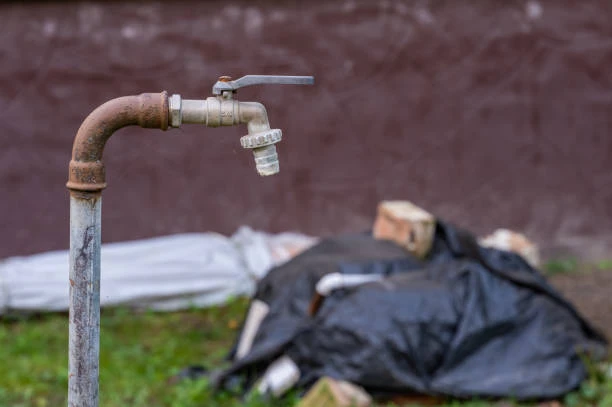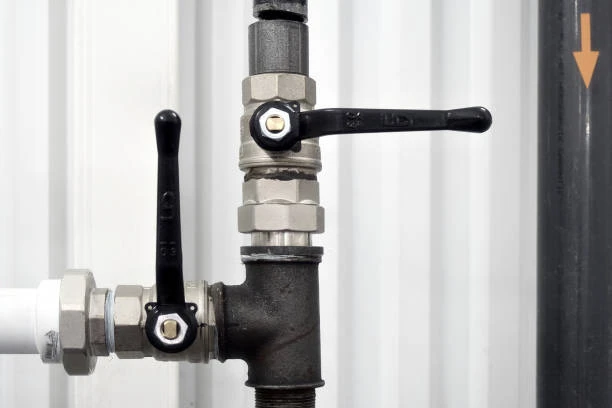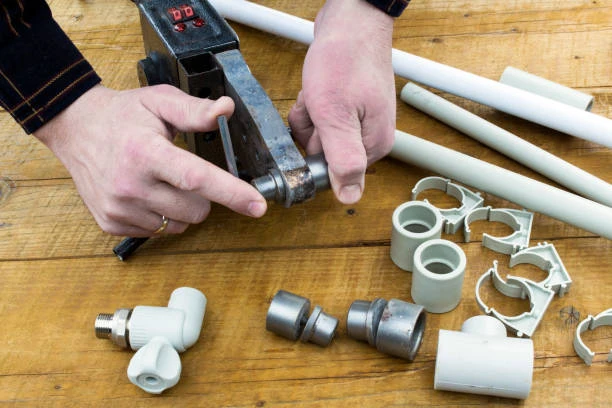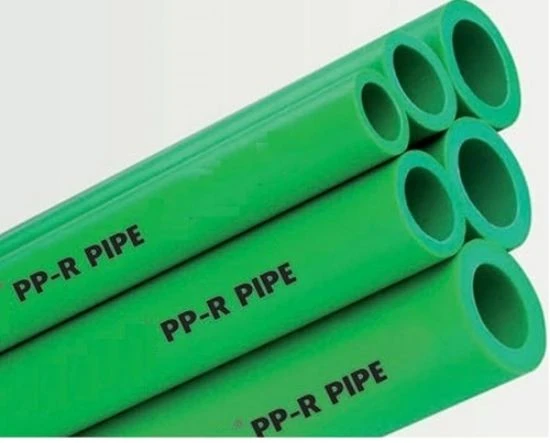In the wake of a recent water crisis, the city of Atlanta has announced an ambitious plan to inspect 60,000 water valves across its water distribution system. This initiative aims to identify and address vulnerabilities in the network, ensuring a more resilient and reliable water supply for the city’s residents and businesses.
Water valves are a critical component of any water system, playing a vital role in controlling and regulating water flow. This article will explore the significance of water valves in urban water management, the circumstances leading to Atlanta’s inspection initiative, and the expected benefits of this proactive approach.
Understanding Water Valves and Their Importance
What Are Water Valves?
Water valves are mechanical devices used to regulate, direct, or control the flow of water in pipelines. They can isolate sections of a water system for maintenance, adjust pressure levels, and prevent backflow.
Types of Water Valves Commonly Used
- Gate Valves: Used for fully opening or closing water flow.
- Ball Valves: Known for their durability and quick operation.
- Butterfly Valves: Compact and efficient for controlling flow in large pipes.
- Check Valves: Prevent backflow, ensuring water flows in the intended direction.
- Pressure-Reducing Valves: Maintain consistent water pressure within safe limits.
Why Are Water Valves Critical?
- Operational Control: They enable precise water distribution, ensuring areas receive adequate supply.
- Emergency Management: Quick valve closure can isolate leaks or breaks, minimizing water loss and damage.
- System Maintenance: Valves allow technicians to work on specific sections without shutting down the entire network.
Atlanta’s Water Valves Crisis: What Happened?
The recent water crisis in Atlanta exposed vulnerabilities in the city’s aging water infrastructure. Key issues included:
- Pressure Drops: Many residents experienced low or no water pressure during the crisis.
- Delayed Repairs: Faulty or inaccessible water valves hampered efforts to isolate problem areas and repair damaged pipelines.
- Widespread Disruptions: Businesses and households faced challenges due to limited access to clean water.
This event underscored the urgent need to evaluate and upgrade the city’s water distribution network, starting with its 60,000 water valves.

The Plan to Inspect 60,000 Water Valves
Goals of the Inspection Initiative
- Identify Faulty Valves
Locate and repair or replace valves that are not functioning correctly. - Enhance Emergency Response
Ensure that all valves are accessible and operational during future crises. - Improve Water Pressure Management
Optimize valve operation to provide consistent water pressure throughout the system. - Prevent Future Crises
Proactively address infrastructure weaknesses to reduce the likelihood of similar disruptions.
How Inspections Will Be Conducted
- Mapping the System: Technicians will use GIS (Geographic Information Systems) to locate all water valves accurately.
- Condition Assessment: Each valve will undergo a thorough inspection to assess its functionality and structural integrity.
- Repair and Replacement: Faulty valves will be repaired on-site or replaced with new ones as needed.
- Data Collection: Information gathered will be used to create a comprehensive maintenance schedule.
Benefits of Proactive Water Valves Inspections
1. Enhanced Reliability
Functional valves ensure a stable water supply, minimizing the risk of widespread outages.
2. Faster Emergency Response
Accessible and operational valve allow for quicker isolation of problem areas, reducing water loss and damage.
3. Improved Water Pressure
Properly maintained valves prevent sudden pressure drops and ensure even distribution across the city.
4. Cost Savings
Preventative maintenance is significantly less expensive than emergency repairs and the associated economic impact of water crises.
5. Public Confidence
Demonstrating a commitment to infrastructure improvement reassures residents and businesses about the city’s ability to manage its water resources effectively.
Challenges of Large-Scale Water Valves Inspections
While the initiative promises significant benefits, it also comes with challenges:
- Scale of the Project: Inspecting 60,000 valves across a large city like Atlanta is a massive undertaking.
- Funding: Securing the necessary resources and budget for such an extensive program may require state or federal assistance.
- Coordination: Effective communication and planning are crucial to minimize disruptions during inspections.
- Aging Infrastructure: The inspections may reveal additional issues, such as corroded pipes, that require immediate attention.
What Residents Should Expect Water Valves During Inspections
The inspection initiative may cause temporary disruptions, including:
- Water Outages: Isolating sections of the network for inspection may lead to short-term interruptions in water supply.
- Traffic Delays: Valve inspection and repair may require road closures or lane reductions in some areas.
- Noise and Equipment Presence: Residents may notice increased activity as crews work on the valves.
The city will notify affected areas in advance to help residents and businesses prepare for any disruptions.
Conclusion
Atlanta’s plan to inspect 60,000 water valve marks a significant step toward strengthening its water infrastructure. By identifying and addressing vulnerabilities proactively, the city aims to prevent future crises, improve water distribution, and enhance public trust in its utility systems.
While the project may pose challenges, the long-term benefits of a reliable and efficient water system far outweigh the temporary inconveniences. Residents can look forward to a more resilient infrastructure that supports the city’s growth and sustainability.
FAQs
1. Why are water valve inspections necessary?
Water valve inspections help identify and address issues that could compromise the water system’s efficiency, reliability, and safety.
2. How long will the inspection process take?
Inspecting 60,000 valves is a large-scale project that may take several months to complete, depending on the findings and available resources.
3. Will my water supply be affected during the inspections?
Some areas may experience temporary water outages, but the city will notify residents in advance to minimize inconvenience.
4. What happens if a water valve is found to be faulty?
Faulty valves will be repaired on-site or replaced with new ones to restore functionality.
5. How can I stay updated about the inspection progress?
Residents can follow updates from the city of Atlanta’s water department through official channels such as their website, social media, and community announcements.


















